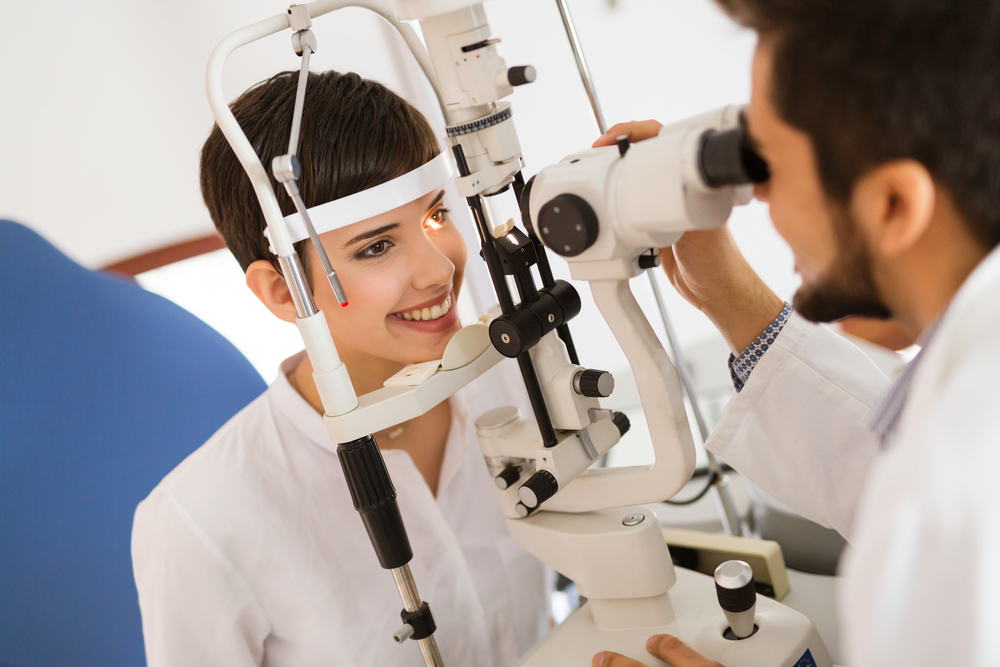
Comprehensive eye exams are done by a doctor of optometry, and they are a vital part of eye care. Routine comprehensive eye exams should be part of everyone’s preventive health care. When it comes to eye diseases and vision problems, not all have obvious symptoms or signs. Prevention and early diagnosis are the best ways to prevent vision loss.
Before a comprehensive eye test, your doctor first has to go through your medical history. Additionally, any symptoms or signs you may have will determine what tests will be conducted. These eye exams may vary from doctor to doctor.
Let’s take a look at some of the exams you can encounter during a comprehensive eye examination.
Eye Health
The main aim of a comprehensive eye exam is to determine the overall health of a patient’s eyes. Several tests are done to check for any abnormalities and diseases, both inside and outside the eyes. Tests carried out to check the general health of an eye includes:
Pupil dilation: Your doctor will do a dilated eye exam to check if your pupils are allowing the right amount of light in the eye for clear vision.
Tonometry: This is a test carried out by measuring an eye’s pressure to detect glaucoma. Glaucoma is a serious eye condition that is not easily detected. Left untreated, it can lead to vision loss.
Slit-lamp test: This test is carried out using special equipment known as the slit lamp to examine the inside and the external parts of the eye in detail. Parts tested include the optic nerve, retina, cornea, lens, iris, and conjunctiva.
Eye Focusing and Teaming Tests
This test is carried out to check the eyes’ functionality. How they work together and individually. Eyes need to coordinate and work as a team to offer a clear vision.
Refraction
Healthy people who have no eye conditions normally have what is known as 20/20 vision. Patients with conditions such as astigmatism, farsightedness, and nearsightedness do not have 20/20 vision. Refraction is done to enable an eye doctor to prescribe the correct lenses that will correct a patient’s vision.
Refraction includes a test known as retinoscopy. Retinoscopy is a test done on patients who use eyeglasses. A retinoscope is used to obtain the approximate prescription for eyeglasses or contacts.
Visual Acuity
This test is familiar to patients who go for routine eye exams. Your eye vision is measured using what is known as the Snellen Eye Chart. A patient is asked to sit at a distance from this chart and read the letters and symbols written on it. The letters differ in size. If a patient can read all the letters correctly from a distance of 40 feet, it means they have a clear vision. If not, it means the patient has to use corrective measures to fix his or her vision.
Comprehensive eye exams should be done regularly as part of your overall eye health maintenance. Do you know that the results you get from these exams can provide vital information about your overall health?
To know more about the value of routine comprehensive eye exams, visit Manheim Family Eye Care at our office in Manheim, Pennsylvania. We serve the Manheim area and surrounding areas in Lancaster and lillitz. You can also call (717) 423-8400 to book an appointment today.








